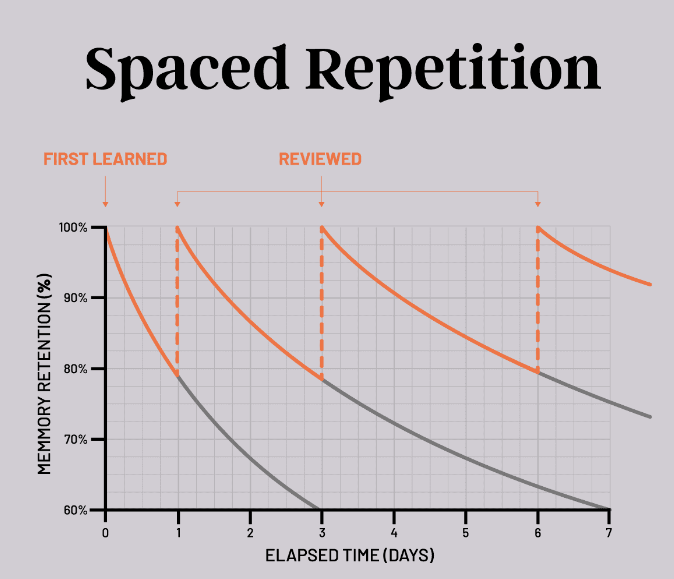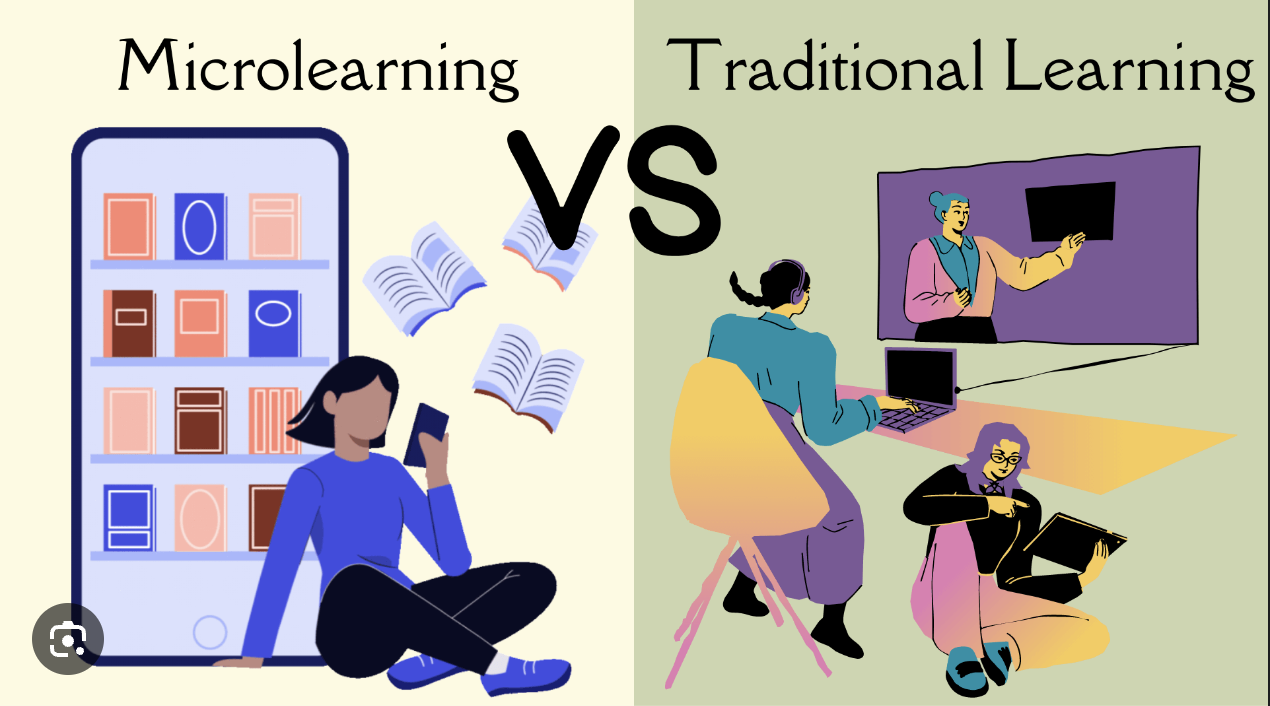Lặp lại ngắt quãng - Spaced Repetition
Tue, 27 Aug 2024

Follow the stories of academics and their research expeditions

The education landscape is rapidly evolving, driven by technological advancements and changing learner preferences. Amid this transformation, two distinct approaches are vying for dominance: micro-learning and traditional courses. Understanding their differences, benefits, and drawbacks is crucial to navigating the future of education.
What is Micro-Learning?
Micro-learning delivers content in bite-sized, focused modules, often lasting just a few minutes. These modules can take various forms, such as videos, quizzes, infographics, or short articles. The aim is to provide learners with quick, easily digestible information that can be applied immediately.
What are Traditional Courses?
Traditional courses, on the other hand, follow a structured curriculum with longer, in-depth lessons, lectures, and assessments. These courses typically span several weeks or months and require a more significant time commitment from learners.
The Case for Micro-Learning
Enhanced Engagement: Micro-learning's concise format captures attention and prevents cognitive overload, making learning more enjoyable and effective.
Increased Retention: Breaking down complex topics into smaller chunks improves knowledge retention. Learners can focus on one concept at a time, reinforcing their understanding.
Flexibility and Convenience: Micro-learning modules can be accessed anytime, anywhere, on any device, fitting seamlessly into busy schedules.
Personalized Learning: Learners can choose micro-learning topics that align with their specific needs and interests, creating a tailored learning experience.
Cost-Effective: Micro-learning is often more affordable to produce and deliver than traditional courses, making it accessible to a broader audience.
The Benefits of Traditional Courses
In-Depth Knowledge: Traditional courses delve deeper into subjects, providing a comprehensive understanding of complex topics.
Structured Learning: The structured format of traditional courses helps learners build a solid foundation and progress systematically through a curriculum.
Collaborative Learning: Classroom or online discussions foster collaboration and knowledge sharing among learners.
Certification and Accreditation: Many traditional courses offer formal certifications, enhancing career prospects and professional development.
Micro-Learning vs. Traditional Courses: A Head-to-Head Comparison
| Feature | Micro-Learning | Traditional Courses |
| Format | Bite-sized modules | Structured curriculum |
| Duration | Minutes | Weeks or months |
| Accessibility | Anytime, anywhere | |
| Engagement | High | Varies |
| Retention | High | Varies |
| Personalization | High | Low |
| Cost | Low | High |
| Collaboration | Limited | High |
| Certification | Less common | Common |
The Verdict: A Blended Approach
While both micro-learning and traditional courses offer unique advantages, the future of education likely lies in a blended approach. By combining the strengths of both, learners can benefit from the flexibility and engagement of micro-learning while gaining a deeper understanding through traditional courses.
For instance, micro-learning modules can be used to introduce new concepts or reinforce knowledge acquired in traditional courses. They can also provide just-in-time learning for specific skills or tasks. Meanwhile, traditional courses can provide the structure and depth needed for mastering complex subjects and developing critical thinking skills.
The Future is Bright
The rise of micro-learning and the continued relevance of traditional courses signal a dynamic future for education. As technology continues to evolve, we can expect even more innovative and personalized learning experiences. By embracing both approaches, learners can unlock their full potential and thrive in the ever-changing world.
Key takeaways:
Micro-learning and traditional courses each have unique strengths and weaknesses.
A blended approach, combining both methods, is likely the most effective way to learn.
The future of education is bright, with technology paving the way for more personalized and engaging learning experiences.
Tue, 27 Aug 2024

Tue, 27 Aug 2024

Mon, 26 Aug 2024

Leave a comment